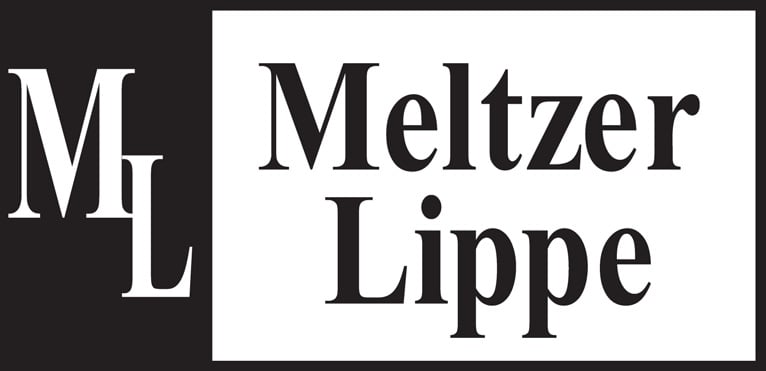In an article published in Trusts & Estates, Avi Z. Kestenbaum, co-chair of Meltzer Lippe’s Trusts & Estates Department, advises practitioners to watch for certain “red flags” indicating that a prospective client may behave badly in the future. Warning signs include:
- Clients who claim to have been mistreated by previously retained professionals, including lawyers and accountants, family members, and “almost everyone under the sun.” While it’s possible these complaints are genuine, the practitioner should take care to ensure that he/she is not destined to become the next target of the client’s indiscriminate wrath.
- Clients who hide information from the practitioner aren’t otherwise upfront about disclosing information, especially if that information is negative.
- Clients who balk at paying their bills.
Kestenbaum also advises practitioners to exercise care when jointly representing clients from blended families. He writes “While many estate planners may jointly represent spouses in routine situations, spouses in a blended family scenario deserve a second look.”
Other issues may arise when a practitioner contemplates representing multiple family members whose goals may not completely align, thus creating conflicts of interest. Kestenbaum writes: “the importance of identifying and resolving potential conflicts of interest can’t be understated. Violations of the ethical rules, including those pertaining to conflict of interest, can lead to severe consequences for the attorney, including disqualification, warnings, suspensions and in extreme cases, disbarment.”
Kestenbaum advises practitioners to “trust their instincts” when it comes to taking on new clients. “If something seems wrong, it probably is. Take the time to ask questions, analyze the answers and make a solid strategy before moving forward.”
